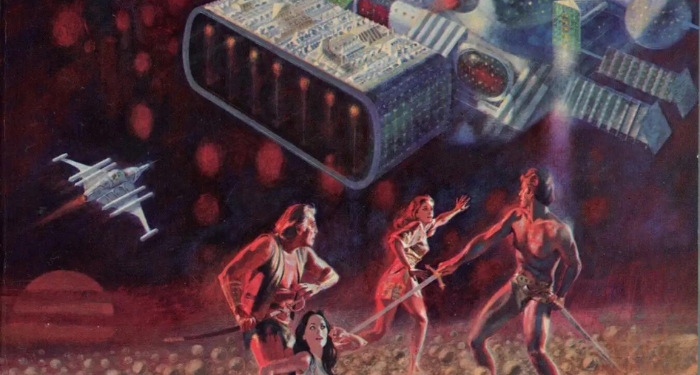In the 1980s, science fiction writing was entering what would be a period of immense growth and popularity. While many popular writers had already emerged in the post-war, and earlier, years, the eighties brought forth a new and memorable crop of novels that exposed the science fiction genre to a wider audience.
As the world moved from mainly analog to increasingly digital, both readers and writers turned to science fiction to help them make sense of the new possibilities these technologies offered. Staples of the time, such as William Gibson’s Neuromancer (1984), centered around how these digital developments would affect humanity, while shows like Star Trek and the continuing popularity of Star Wars movies kept interest in galactic adventures and technology afloat. Because of this, many eighties science fiction books have continued to be beloved stories within the genre for the enduring themes they address.
Of course, not every book holds up over the decades. With science fiction especially, it’s easy to label books as outdated or not aging well for the simple fact that eventually, the futuristic setting of the story becomes the present, and it turns out that the assorted time travel methods or Mars colonies of a particular story never came to pass. However, even books whose technology may now seem outdated can have themes that continue to appeal to readers. What causes a book to not age well has more to do with the strength of its writing and plot/character development than the specifics of science or technology the author used.
Many of the science fiction books of the eighties have simply been usurped by other, better-written titles that have more staying power with readers. Other books may have become less popular because of the language they use, or their attitude toward groups of people. Of course, a book not being as popular as it once was, or not aging well, doesn’t mean it should be removed from shelves or never read. As the list below shows, there are many options when choosing from eighties science fiction. Readers may find it interesting to see how old favorites of theirs have held up, and they can also find new-to-them titles with enduring popularity.
’80s Science Fiction That Aged Badly…
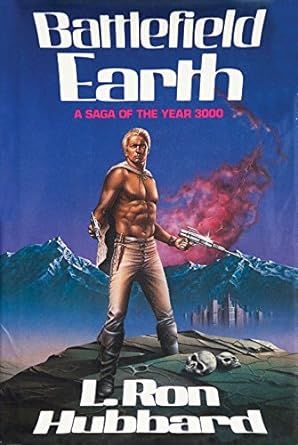
Battlefield Earth by L. Ron Hubbard
Just the name on the cover probably tells you why this one aged badly. While most readers today would instinctively cut a wide path around Hubbard’s books, he did enjoy decent popularity as a science fiction author in the ’80s, even amongst non-Scientologists. Today, his books are mostly relegated to free giveaways designed to try to recruit new members to Scientology.
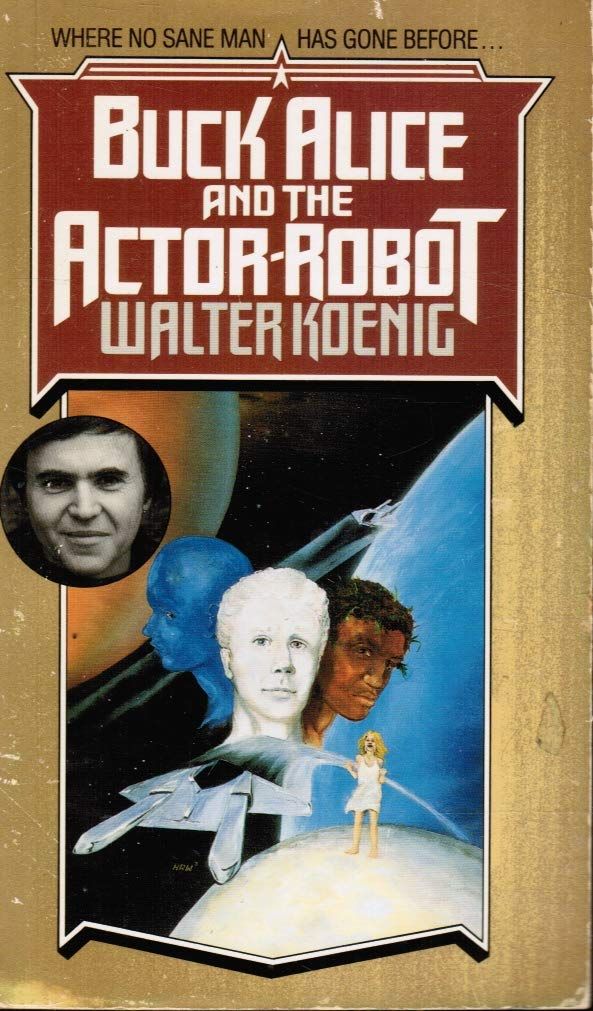
Buck Alice And The Actor Robot by Walter Koenig
Written by a Star Trek alum, this book centers around a group of self-described “losers” who are among the remaining survivors after a cataclysmic event wipes out most of humanity. Unfortunately, the survivors who make up the book’s main characters spend a good chunk of their time describing women’s bodies in lascivious and offensive ways and mocking survivors from other cultures. If you’re looking for post-apocalyptic science fiction, there are plenty of other, better books to choose from.
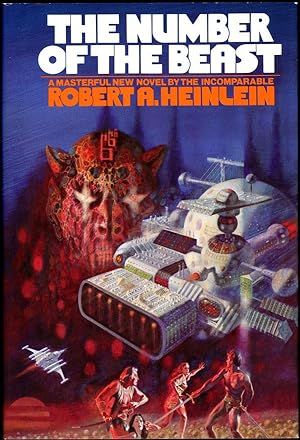
The Number of the Beast by Robert A. Heinlein
Heinlein is rightfully recognized as a major contributor to science fiction for his many books that pushed the envelope not only in terms of technology but also in terms of how societal structures might be reshaped in the future. However, The Number of the Beast, written after an illness-driven hiatus, crosses the line from exploring controversial topics into vulgarity for shock’s sake. If you’re looking to explore sci-fi classics from this writer, start with his earlier catalog to get a sense of why he was so influential.
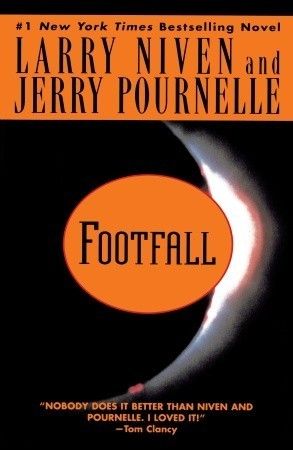
Footfall by Larry Niven and Jerry Pournelle
Niven and Pournelle were prolific science fiction authors in the seventies and eighties who earned a following for their action-packed stories featuring alien encounters. While they can tell a good story of human vs. alien war, most of their books suffer from the trope of women as burdens to the ultra-achieving, always-right heroes. Even in the future, Niven and Pournelle envisioned women as sidekicks who were divided into “good” and “bad” girls.
…And ’80s Science Fiction That’s Still Worth Reading
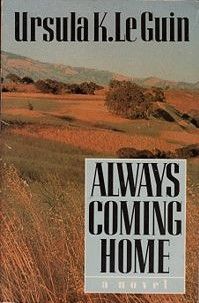
Always Coming Home by Ursula K. Le Guin
One of the best-known women in science fiction today, Le Guin’s books have become classics known for their commentary on human society through the lens of science fiction. In Always Coming Home, Le Guin explores a post-apocalyptic California through a fictionalized ethnography of the Kesh people, a peaceful nation living in the wake of an ecological disaster. The book is often considered one of the masterpieces of LeGuin’s career for its worldbuilding through story, fables, and poems, all of which are incorporated into the plot.
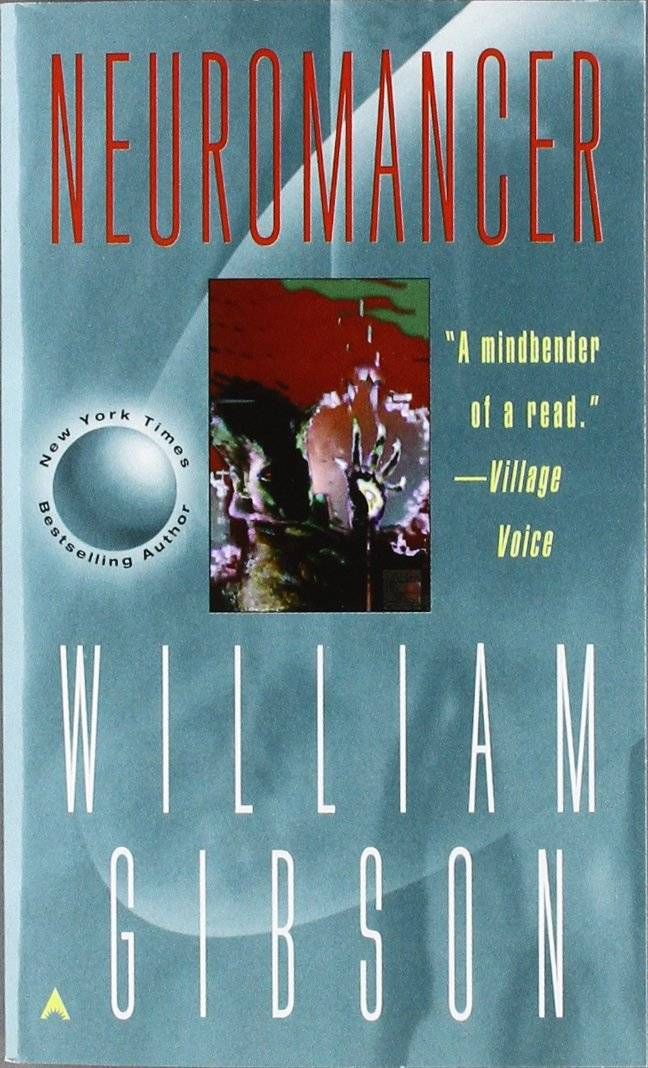
Neuromancer by William Gibson
A mainstay of the cyberpunk genre, Neuromancer follows Case, an unemployed computer hacker who is hired by a mysterious employer named Armitage to join other outcasts in disconnecting all-powerful AIs owned by a powerful, rich family located on a space station. As Case gets further and further into the job, he begins to see how the cyber world and the human world have begun to blend in dangerous ways.
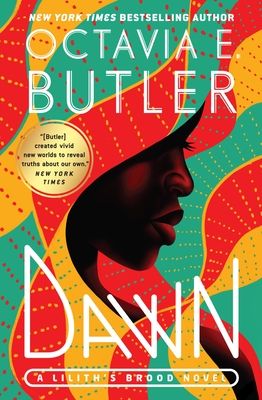
Dawn by Octavia E. Butler
The first book in Octavia Butler‘s post-apocalyptic Xenogenesis trilogy, Dawn takes the reader to the spaceship of the Oankali, where human Lilith Iyapo has just awoken from a centuries-long sleep. She finds that the Oankali rescued her from dying Earth, and now they want Lilith to lead a reawakening of her planet. The trilogy explores issues of race and gender with Butler’s signature, thoughtful writing.
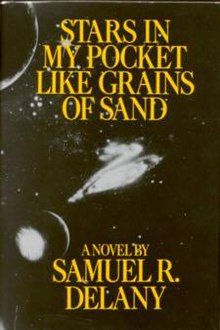
Stars in My Pocket Like Grains of Sand by Samuel R. Delany
In the distant future, humans are spread across thousands of planets, each with their own customs and social structures. The book zooms through various planets and worlds, mostly through the perspective of Korga, a human who had a procedure known as Radical Anxiety Termination, which leaves patients as “slaves, but happy.” As Korga moves between worlds and societies, Delany plays with ideas about how static categories like race, class, and gender are. Delany’s works have been cited as inspiration by many science fiction writers tackling similar questions in their works today.
Looking for more science fiction books to read? Check out our round-up of some of the best recent science fiction writing as well as the best-selling science fiction of all time. And don’t forget to take a look at the science fiction/fantasy archives here on Book Riot for all your speculative reading needs!

